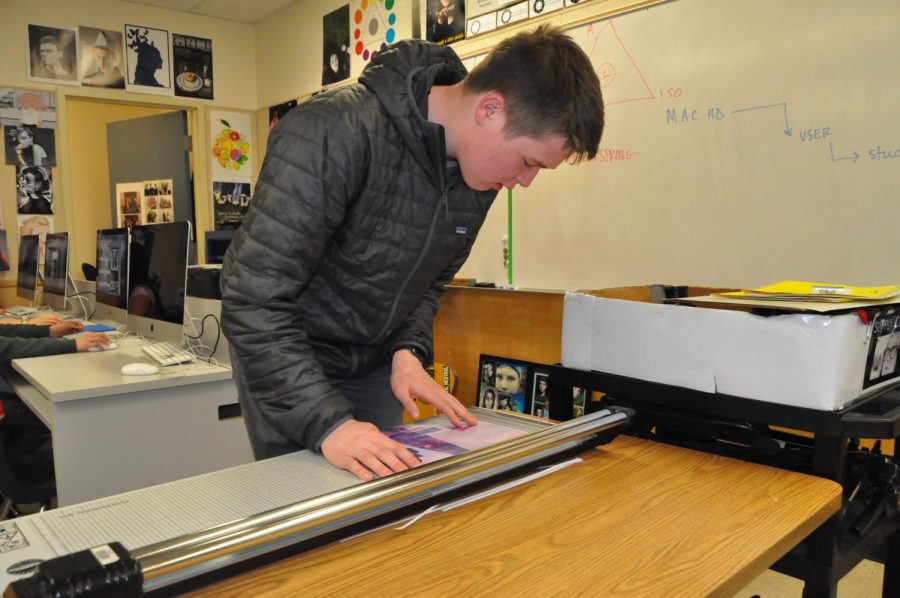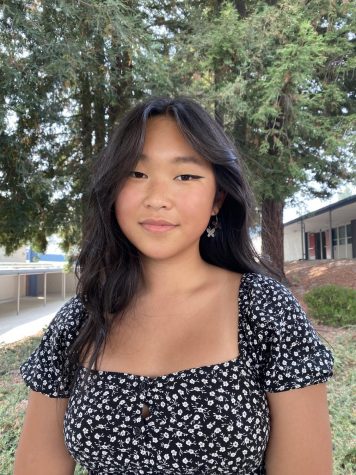Art School Popularity on Rise
February 15, 2020
While many would associate attending design schools with the “starving artist” stereotype, the advent of new technology has made pursuing art a more viable career option.
According to college counselor Joan Batcheller, Campolindo has “always had a certain percentage of kids apply to art school” as a result of a strong visual art program.
“I personally haven’t seen [a significant increase in the number of students applying to art schools], because I think that I’ve always had a steady flow of students because of our art program here,” said Batcheller.
“I think that the assumption of going to an art school, the stigma or assumption, is that a student is going to do something highly personable and not correlate specifically to careers, which is 1 avenue for the art school experience, but there are many avenues,” said art teacher Justin Seligman.
According to Seligman, more careers have opened up in the art industry. “There’re all sorts of jobs that didn’t exist 10, 20 years ago, and so, a lot of our prejudices and assumptions have lasted for many decades, but I think that art schools have changed,” he said.
Many students who choose to pursue art feel that the industry is becoming more accessible with the rise of specific professions, such as graphic design or industrial design.
“I think what that kind of stigma really comes from is the more traditional studio classical painting where work is a lot more specialized,” said senior Carter Hiett, who plans on attending the Rhode Island School of Design in the fall. “I’m not really too worried about that because of the major that I’m planning on heading into, which is to dual major in filmmaking and industrial design. Industrial design is very safe career path.”
“There are very few high-paying jobs that involve brushes and paints. So, that means that students migrate and they go through a transition where they start with traditional arts and then they migrate to some kind of digital experience,” agreed Seligman.
Seligman noted that adults often give teenagers 2 pieces of conflicting advice. “1 is, ‘Follow your passions, and the rest will fall into place,’ and ‘If you love your work, you’ll never work a day in your life.’ And the conflicting piece of information we give them is, ‘Go find a safe job that you know is guaranteed to pay well,'” he said. “I think that both of those are valid and they speak to different people in different ways. I think that those are both pieces of good advice.”
Choosing art school may also be an opportunity for students to find a healthier state of being. “I don’t think people are that concerned with making a ton of money anymore and they are more concerned with their mental health,” said senior Natalie Schlesinger.
There are still those who think the pursuit of art as a career can be risky.
Schlesinger noted that there is some truth to the challenges that careers in the arts present. “While I think that the stigma around applying to art school is stupid, there is truth in that it is a very difficult field to succeed in,” she said. “It’s a very elite, individualistic industry.”
“Art school is becoming a more realistic option for a lot of people and the stigma is disappearing. However, I don’t think this is a good move for the majority of people living in the US because most people still don’t have daddy and mommy’s money to spend,” said senior Brightan Ying, who was accepted into School of the Art Institute of Chicago but does not plan on attending.
Batcheller also said that art schools are “expensive” and “don’t have as much financial aid as traditional 4-year universities.”
As a result, many students look to 4-year colleges and pursue majors or minors in art there. “A lot of people are looking at Long Beach State [and] Chapman because Steven Spielberg graduated from Long Beach State so they have a big production, and Chapman, that’s where the Duffer brothers were,” said Batcheller. “Now it’s not necessarily just art schools, but I think, 4-year colleges are now embracing the art path.”
Regardless of what path aspiring artists ultimately pursue, Seligman hopes that they develop a way to showcase their creativity. “I like to tell my students that art is a gateway drug, that with any luck, what you’ll take away from these classes is an interest in creativity and that being a creative person is something you want to continue to do,” he said. “You can find creativity in all walks of life. That’s what I really want kids to take away. Finding creative outlets will make your life more interesting.”



